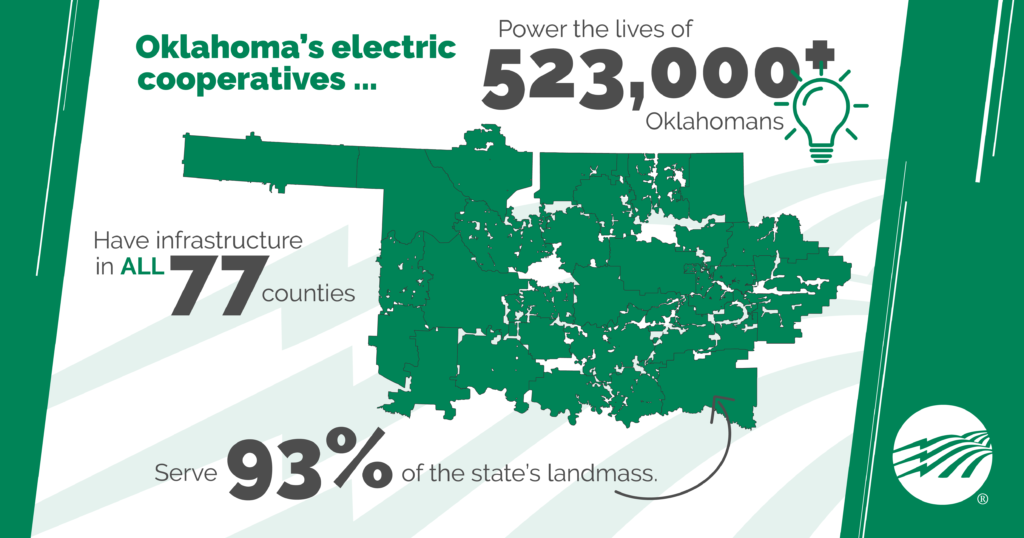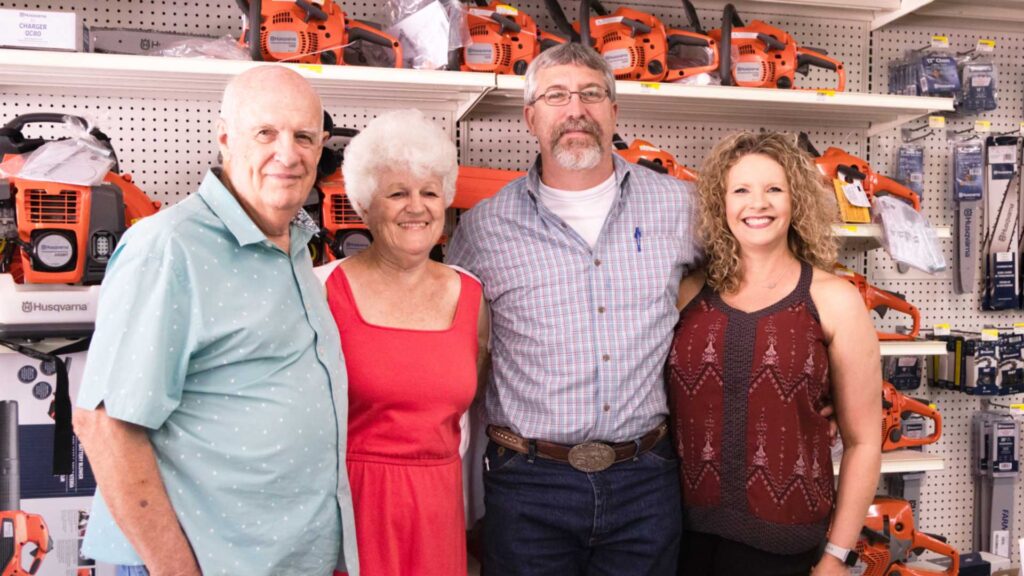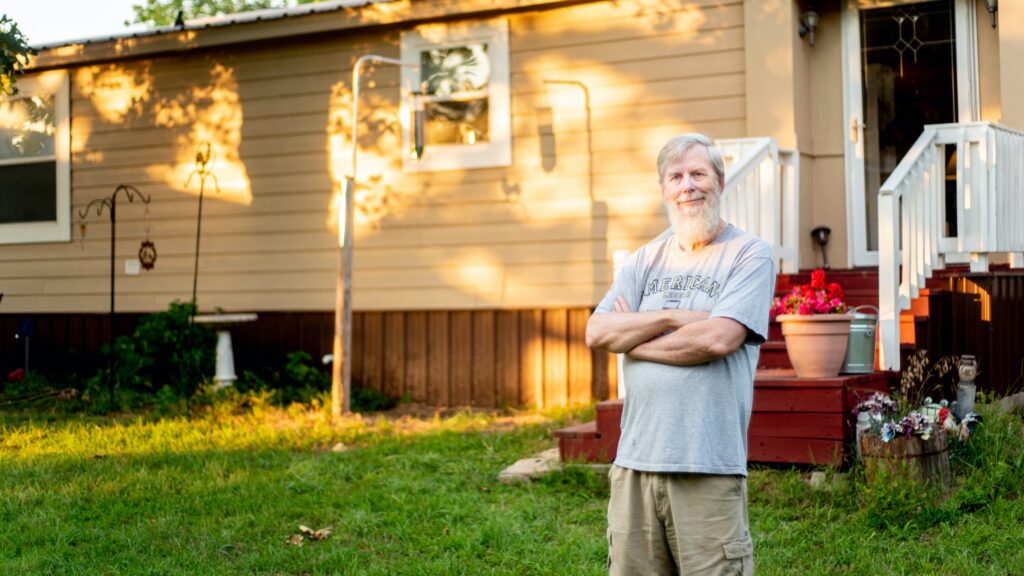
OzarksGo, a telecommunications subsidiary of Ozarks Electric Cooperative, began in 2016 with the goal of providing fiber-to-the-home service to the cooperative’s 80,000 members across Northwest Arkansas and Northeast Oklahoma.
At the beginning of the project, nearly half of the cooperative’s members did not have access to high-speed broadband. Just as rural electric cooperatives brought power to communities that were not served by large, for-profit utilities, cooperative broadband projects are bringing this century’s critical service to underserved areas.
“Since we are community-focused, we knew our communities needed broadband, and we wanted to close the digital divide for the communities we serve,” said Mitchell Johnson, President and CEO of Ozarks Electric.
OzarksGo began installations for Oklahoma members in 2018. It now has more than 6,700 customers in Oklahoma and over 1,500 miles of fiber benefitting residential and commercial members in Adair, Cherokee, Delaware and Sequoyah counties. The network also benefits Ozarks Electric members by improving the cooperative’s ability to monitor and control the grid to reduce costs and outages.
OzarksGo also serves residents and businesses in the city of Stilwell. After the city lost its cable provider, a majority of residents voted to allow OzarksGo to take over the existing cable plant.
Delivering high internet speeds at an affordable price has allowed more opportunities for local business, such as supporting modern cloud-based software that can lower costs and increase productivity. OzarksGo’s service became even more important during the pandemic, when children sent home from school and workers sent home from the office needed reliable connections for remote work and learning, highlighting the necessity of high-quality internet service.
“Building a state-of-the-art fiber network from scratch is not an easy task, but we believe high-speed internet access is a critical service in the 21st Century, whether you live in an urban area or a rural part of the county,” said Steve Bandy, General Manager of OzarksGo.
Since installing its first customer in 2017, OzarksGo has been building its fiber network across Northwest Arkansas and Northeast Oklahoma, and installed its 30,000th customer earlier this year.



